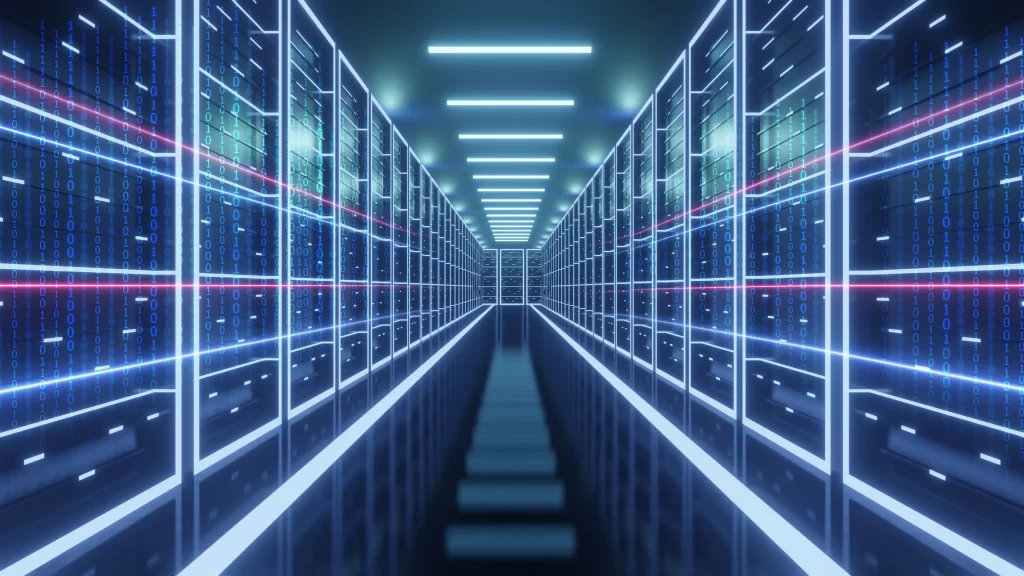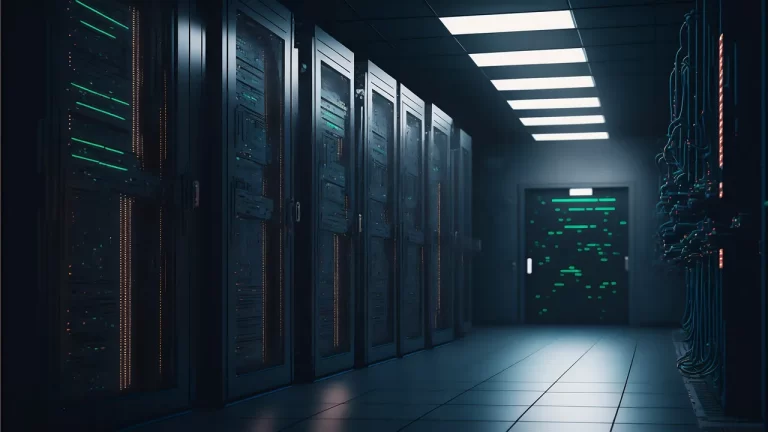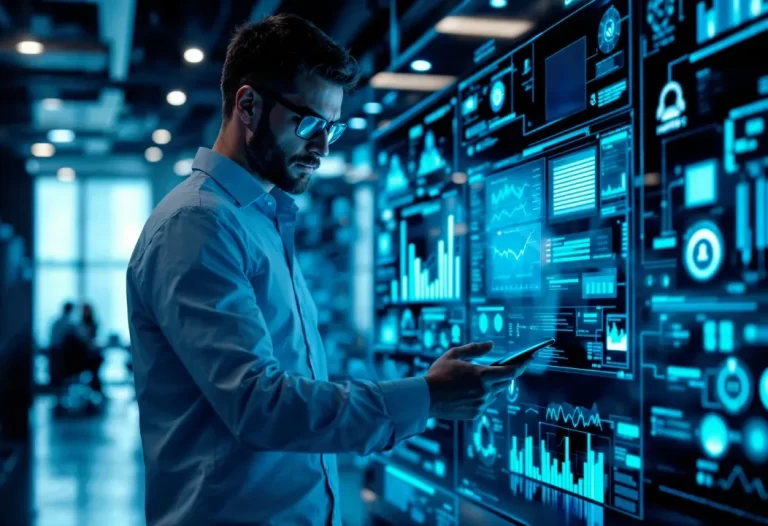Introduction
Digital operations depend entirely on data centers that manage cloud infrastructure alongside streaming platforms and artificial intelligence applications. The increasing demand for data storage calls for optimized facilities because it leads to cost reduction and energy conservation as well as greater sustainability achievements. Through AI technology efficient cooling systems and enhanced resource management strategies, businesses can achieve data centers that deliver improved speed as well as enhance environmental sustainability and reduce costs. The article introduces methods to enhance data center efficiency which will position businesses successfully in the year 2025.
The optimization of data centers succeeds through artificial intelligence (AI) and machine learning (ML) which enable predictive analytics and automation. Through AI-driven solutions, organizations can process vast operation data for identifying inefficiencies equipment failure prediction, and real-time power efficiency optimization. AI-powered cooling systems analyze workload demands to adjust temperatures dynamically which leads to substantial energy consumption reduction. Workload management systems operate autonomously to distribute computational tasks across servers which produces minimized power usage and hardware operational strain. AI and ML implementation brings both superior performance capabilities together with lengthened essential infrastructure life duration which results in significant savings and sustainability improvements.
Current Challenges in Data Center Efficiency
Data centers are currently Dealing with various difficulties with respect to their efficiency. One major issue is usage of energy, as many facilities are experiencing increasing demands of energy because of heavier workloads and old cooling systems. Studies show that the Typical server usage rates are between 10% and 30%, which means that a lot of energy and resources are being wasted. Scalability is another challenge, as the rapid growth of data, the rise of the Internet of Things (IoT), and the need for real-time applications put pressure on the architecture of traditional data centers. Lastly, operational costs are growing because of higher energy prices and the complexities which are involved in managing hybrid environments, which Increases the total costs.
Top Data Center Optimization Techniques in 2025
AI-Driven Workload Management:
AI-driven workload management is becoming more important for data centers. This includes various tools like NVIDIA’s Morpheus which helps to optimize workloads that are distributed and can predict future capacity needs. Moreover, real-time monitoring platforms, like VMware’s vRealize, allow for accurate allocation of resources, making sure that the right amount of resources is available when needed. This combination of AI tools and monitoring systems helps data centers operate more efficiently and effectively.
Advanced Cooling System:
These systems are making a significant impact on energy efficiency in data centers. One method, called immersion cooling, involves submerging servers in thermally conductive liquids that can cut energy use by 40%. Another method is the use of AI-based HVAC systems, like those who are implemented by Equinix, that can automatically adjust cooling based on real-time data. Together, these technologies help to keep data centers cooler while using less energy.
Edge Computing Integration:
Edge computing integration is becoming important for improving data processing efficiency. By placing edge sites closer to users the data processed locally, that reduces latency before sending it to centralized facilities. Additionally, modular data centers,like those offered by Vertiv, can be quickly set up and easily flexible to meet any changes when it is needed. This combination of local processing and flexible data center server enhances overall performance.
reen Data Center Practices:
These are becoming a priority for many companies. For example, Google is making significant investments in renewable energy and also has successfully achieved 100% renewable operations. using hardware, like ARM-based processors, that allows for high performance while using less power.
Software-Defined Infrastructure (SDI):
SDI technologies allow dynamic reallocation of resources, by making them more efficient and scalable. For example, DCIM platforms like Schneider Electric’s EcoStruxure provide valuable insights that help to manage infrastructure effectively. Which means that businesses can better understand their systems and make informed decisions to optimize performance and resource use.
Hyperscale Innovations:
Hyperscale companies like AWS and Microsoft are using high-density server racks and advanced power management systems to improve their operations. Also, multi-tenant colocation services help to reduce the energy usage of individual companies by sharing resources, which reduces their overall energy usage. Which means that businesses can operate more sustainably while meeting their computing needs.
Conclusion
Continuous investment is Essential for keeping up with the growing digital ecosystem while making sure environmental sustainability.
Using advanced technologies, like AI, and green practices is no longer optional, It’s essential for business success.







